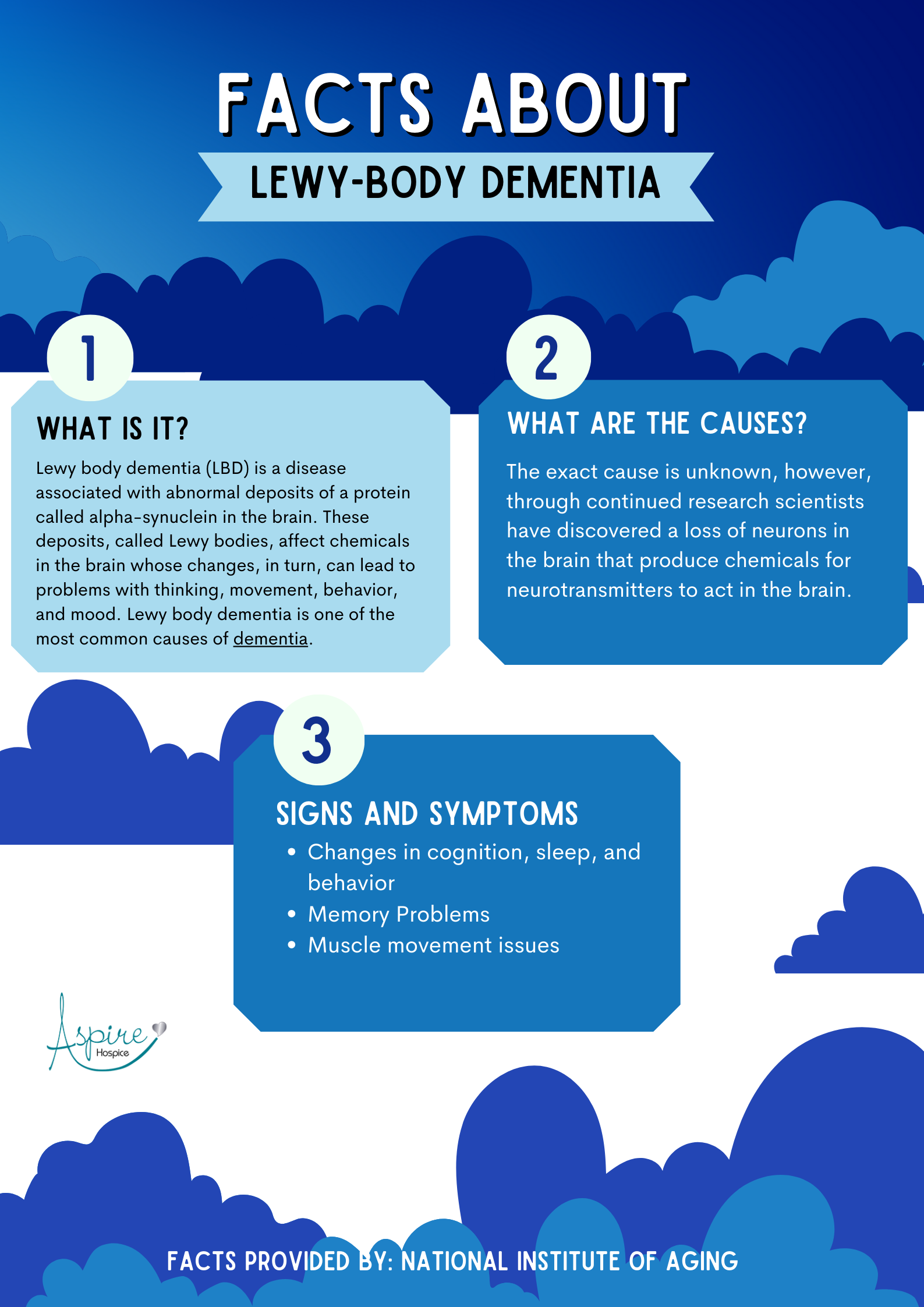Lewy Body Dementia (LBD) is one of the most common types of progressive dementia, second only to Alzheimer’s disease in prevalence. It is characterized by the abnormal accumulation of protein deposits, known as Lewy bodies, in the brain, particularly in areas that control movement, memory, and other cognitive functions. This disease impacts both the mind and the body, leading to a variety of symptoms that overlap with other forms of dementia, making it challenging to diagnose in its early stages.
The condition is primarily classified as Dementia with Lewy Bodies (DLB), which primarily affects cognition, leading to symptoms such as memory problems, difficulty with executive functions (like planning or decision-making), and visual hallucinations. As the disease progresses, it can cause more significant cognitive impairment and eventually interfere with the ability to perform daily tasks.
Symptoms of Lewy Body Dementia can include:
- Cognitive decline: Memory loss, confusion, and difficulty with attention and executive functions.
- Movement problems: Similar to Parkinson’s disease, such as tremors, rigidity, and difficulty with walking.
- Visual hallucinations: Seeing things that aren’t there, which are common and may occur early in the disease.
- Sleep disturbances: People with LBD often experience REM sleep behavior disorder, where they physically act out their dreams.
- Fluctuations in cognitive function: Sudden changes in alertness and attention, with patients sometimes appearing more confused or drowsy.
Early diagnosis of LBD is crucial because it allows for more effective management of symptoms and better care planning. Unfortunately, LBD is often misdiagnosed, particularly in the early stages, as its symptoms can resemble other conditions, including Alzheimer’s disease. There is currently no cure for LBD, but medications and therapies can help manage symptoms and improve quality of life.
Raising awareness about LBD is essential for improving early diagnosis, which is linked to better outcomes in terms of treatment and support. Awareness also aids in reducing stigma, helping patients and caregivers feel more understood and supported as they navigate this challenging condition. As research into LBD continues, early detection can also contribute to ongoing studies that may eventually lead to more effective treatments or even a cure.

